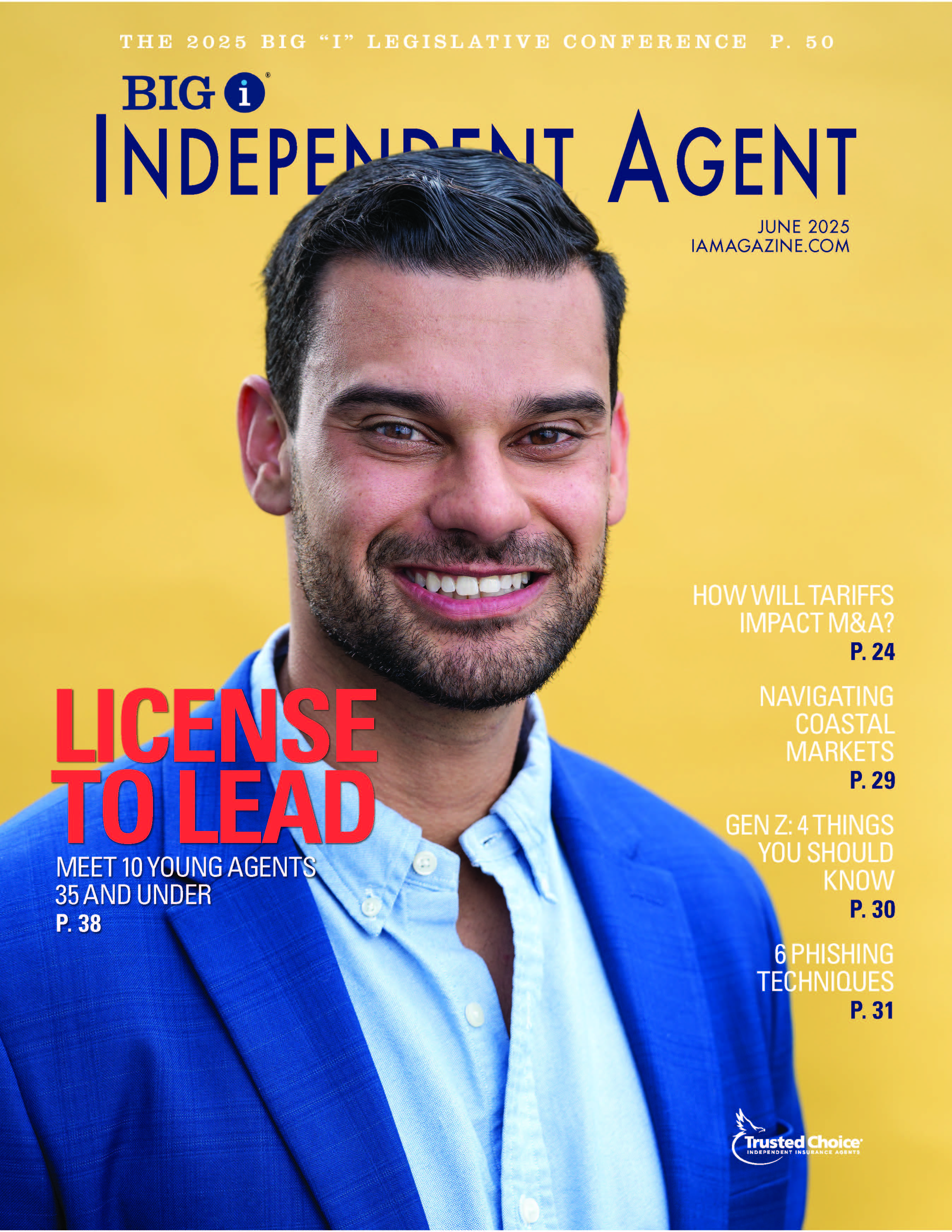How Insurance Can Protect a Student-Athlete’s Financial Future

By: Lucille Adams
In 2008, Dante Love, a wide receiver who played for the Ball State Cardinals, suffered a cervical spine fracture that ended his football career. At the time of his career-ending injury, Love was projected to be a high first-round pick in the NFL Draft. Although he was able to recover, he never played football again.
There are other stories of injuries damaging student-athletes’ professional careers. For this reason, it is recommended that exceptional student-athletes apply for the Exceptional Student-Athlete Disability Insurance (ESDI) program to protect themselves.
The insurance program, offered by the National Collegiate Athletic Association (NCAA), helps elite college athletes if an injury ends their playing career. Initially started in 1990, covering football and men’s basketball only, it was expanded in 1998 to include all sports.
For a student-athlete to be eligible for this insurance coverage, they must have remaining athletic eligibility at an NCAA institution and also demonstrate that they can be pro athletes in the major sports leagues’ first two rookie drafts.
Unfortunately, the policy doesn’t explicitly list the criteria for the selection of student-athletes with professional potential. Instead, the NCAA only uses professional scouting services to assist the organization’s evaluations, which isn’t an exact science.
On the other hand, athletes aren’t required to apply for the insurance program before the season begins: The requirement is that they must be able to play their way into it. Essentially, if a student-athlete is ineligible before starting a collegiate season but plays well enough during the entire year, they can obtain insurance coverage mid-season.
It is worth noting that the NCAA doesn’t pay for the policy acquired through the ESDI program. Instead, the eligible athletes or their families are the ones who cover the costs of coverage.
The premiums for the policy can be as much as $10,000 to $12,000 per $1 million insured. The insurance program carries a 24-month maximum policy term for any eligible student-athlete and pays out in a single lump sum after the expiration of the elimination period.
To help cover premium costs, the approved student-athlete is automatically eligible for a loan. If the eligible student-athlete acquires a loan to settle the premium, they aren’t responsible for making loan repayments until one of the following scenarios occurs:
- The student-athlete signs a professional contract.
- The disability benefits become available because of a covered sickness or injury.
- The coverage expires and the loan note matures.
The Elimination Period
During the elimination period, which is 12 consecutive months from the date in which the total disability has been indicated, no benefits are payable to the student-athlete. The purpose of this period is to determine the nature of the disability.
For payment to be made, the disability must result from an injury that occurs while the policy is in force. The athlete must also be under the regular care of a qualified physician and must be unable to engage in any sporting activity at the professional level.
In addition, the total disability must prevent the injured athlete from signing any employment contract with any professional team.
The NCAA Exceptional Student-Athlete Disability insurance has consistently high participation but a low number of claims.
The only publicized example of an eligible athlete benefiting from the insurance program was Ed Chester of the Florida Gators, who suffered a knee injury that ended his football career during his senior year. Chester had been projected to be an NFL Draft first-round pick. He subsequently collected $1 million from a policy he had paid $8,000 for from an insurance agent based in Gainesville, Florida.
Given that modern medicine can practically repair any sporting injury, seeing such low claims in the insurance program is not surprising. Today, even if players are severely injured, they still play their sport again after undergoing treatments in a rehab facility.
Unfortunately, these injured players usually drop significantly in the rookie draft, costing them millions. Still, having the proper insurance can ensure their protection in the event of a career-ending injury.
Lucille Adams is a researcher and writer in the area of personal and business financial management. Her core focus is covering sound, conservative cash flow and investing strategies that unlock long term value for small businesses owners, entrepreneurs, families and retirees.










